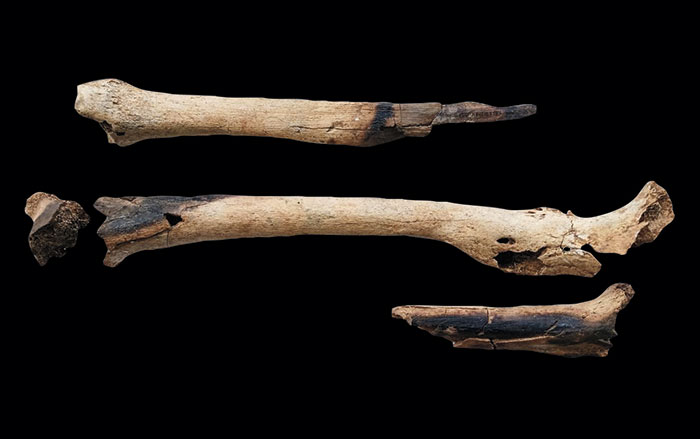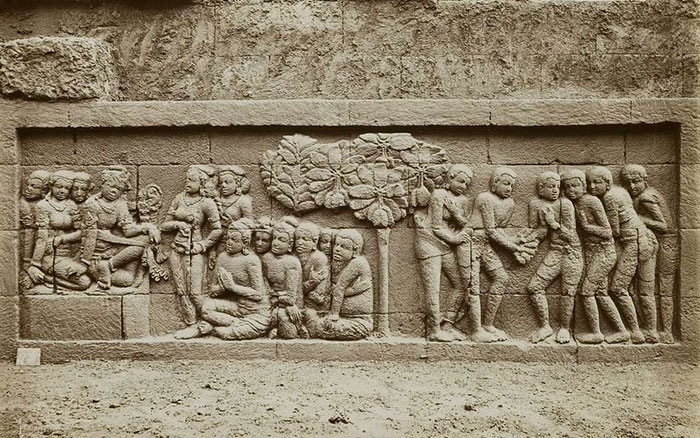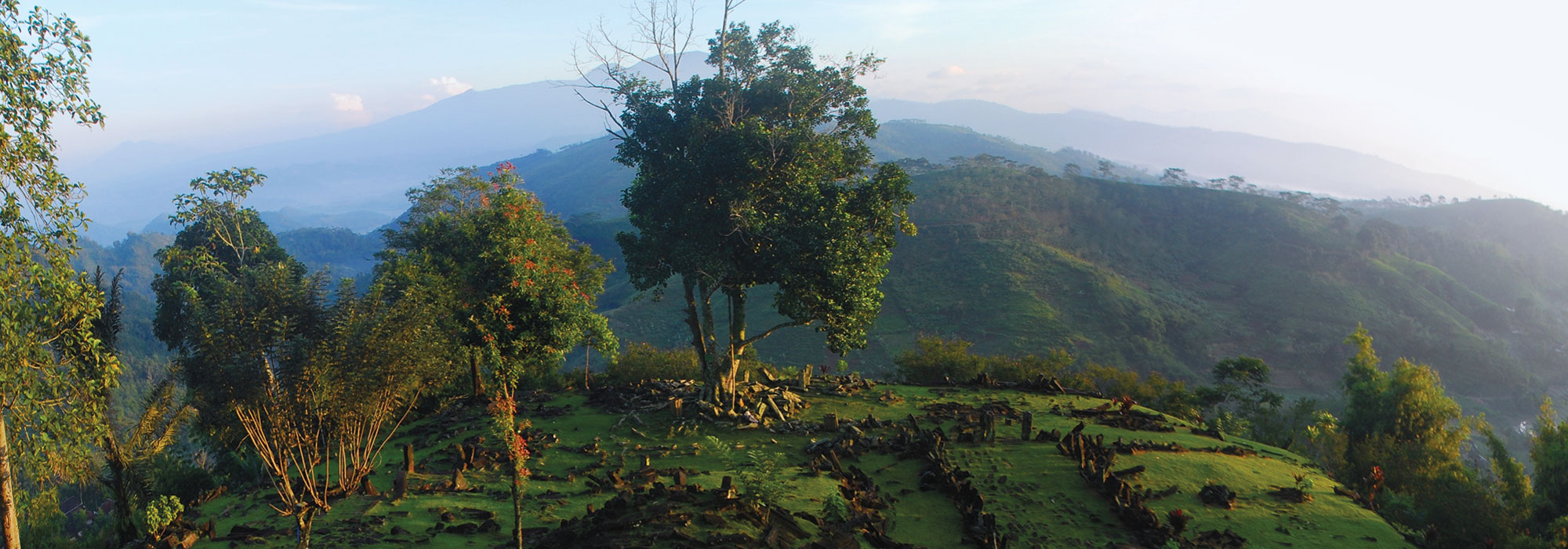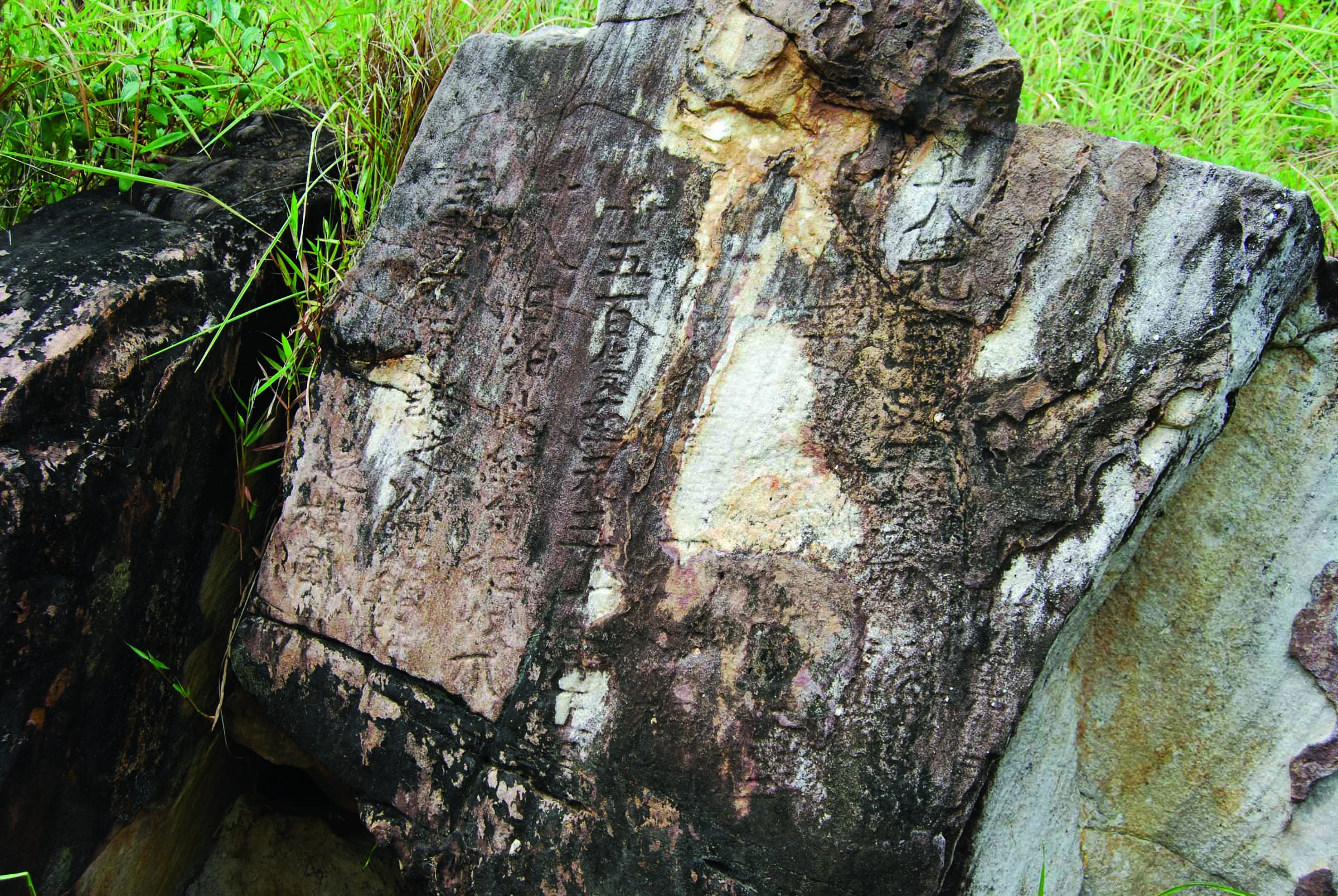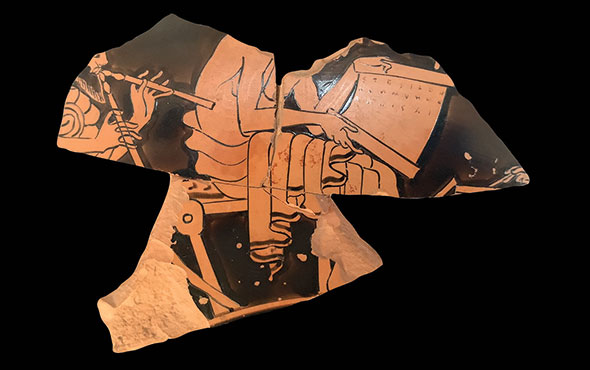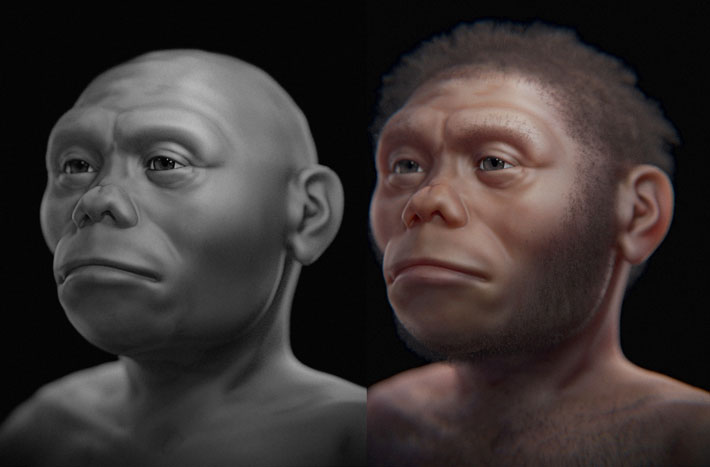
SINOP, BRAZIL—Live Science reports that a new facial approximation of Homo floresiensis has been created using data from computed tomography scans of an 18,000-year-old Homo floresiensis skull thought to have belonged to a female individual, a male modern human skull, and a chimpanzee skull. Discovered in 2003 in Liang Bua Cave on the Indonesian island of Flores, fossils from of at least nine short-statured hominins have been recovered. Graphics expert Cicero Moraes said that information about the thickness of soft tissues from the modern human and chimpanzee skulls were adapted to the structure of the Homo floresiensis skull in order to get a better idea of what the individual’s face might have looked like in life. “The [hobbit] skull is almost complete, missing small parts in the region of the glabella (the part of the forehead directly between the eyebrows} and nasal bone, but fortunately it was possible to design them with the help of anatomical deformation,” he explained. The resulting image depicts Homo floresiensis with a less prominent nose, a more projected mouth, and a smaller brain volume than that of modern humans, Moraes said. Read the original scholarly article about this research in OrtogOnline. To read about the last surviving members of Homo erectus on the island of Java, go to "Around the World: Indonesia."


